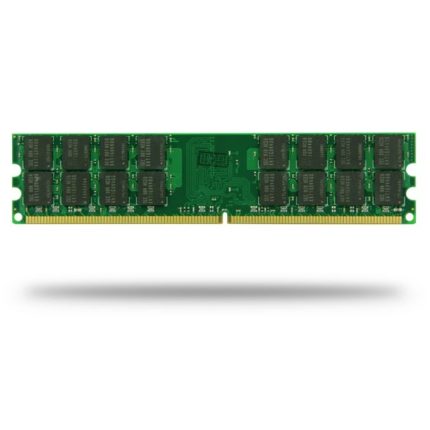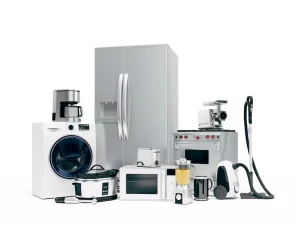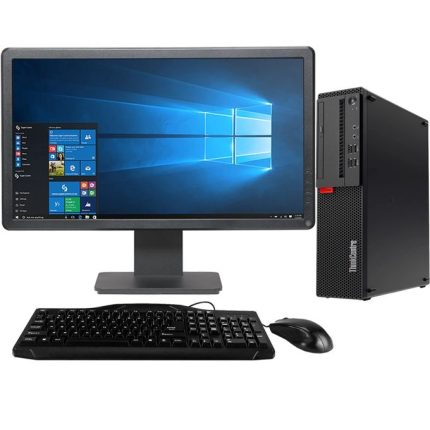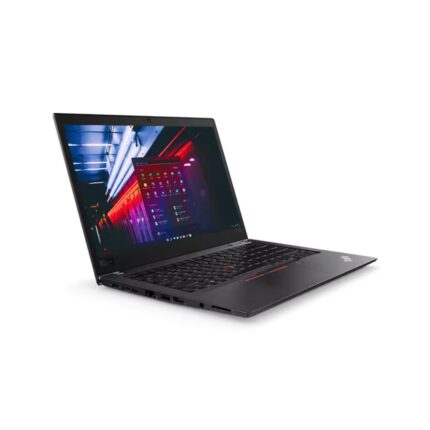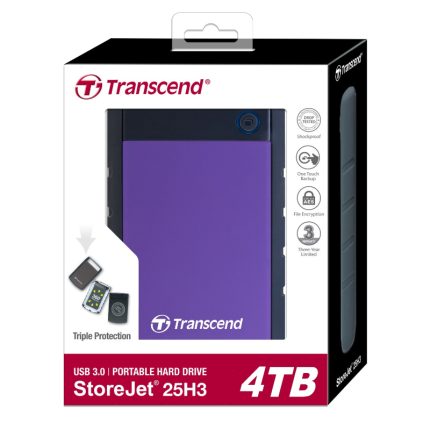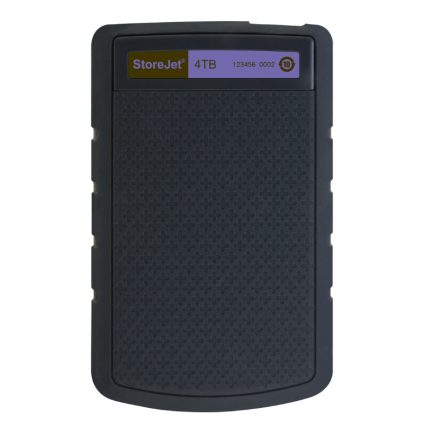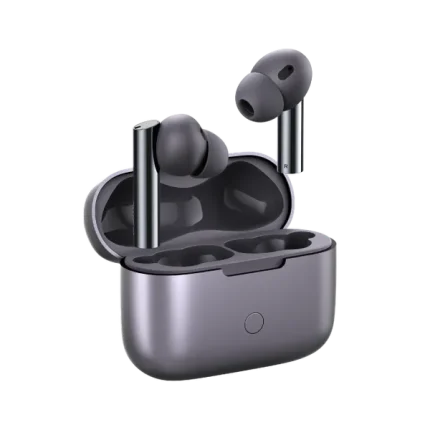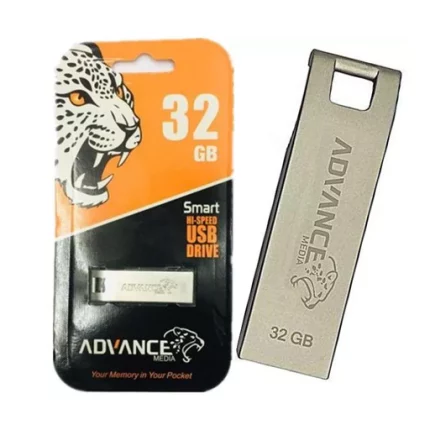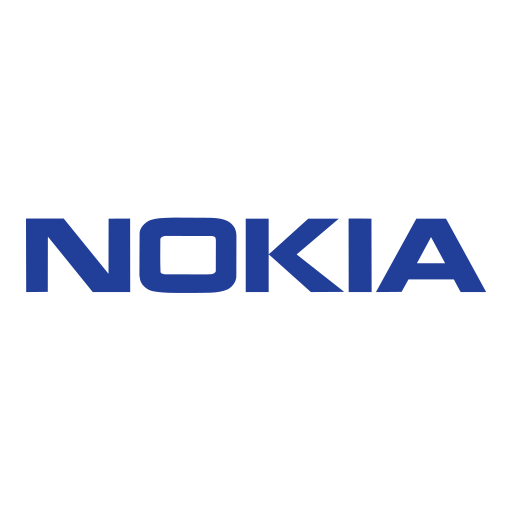In today’s digital age, businesses of all sizes are heavily reliant on information technology (IT) infrastructure. From data storage to communication networks, IT systems are the backbone of modern operations. Consequently, the potential impact of IT disruptions can be devastating, leading to significant financial losses, reputational damage, and operational paralysis. This underscores the importance of a robust IT disaster recovery (ITDR) plan.
Understanding IT Disaster Recovery
IT disaster recovery refers to a set of policies, tools, and procedures that enable the recovery or continuation of vital technology infrastructure and systems following a natural or human-induced disaster. The primary goal of an ITDR plan is to minimize downtime and data loss, ensuring that business operations can resume as swiftly and smoothly as possible.
Key Components of an IT Disaster Recovery Plan
An effective ITDR plan should encompass several critical components:
1. Risk Assessment and Business Impact Analysis
Before developing an ITDR plan, it is essential to conduct a comprehensive risk assessment and business impact analysis (BIA). This involves:
-
- Identifying potential threats: Natural disasters (e.g., earthquakes, floods), cyberattacks (e.g., ransomware, data breaches), and human errors.
- Assessing the likelihood and impact: Evaluating the probability of each threat and its potential impact on business operations.
- Prioritizing critical functions: Identifying which business functions and IT systems are most critical to operations and should be prioritized in the recovery process.
2. Recovery Objectives
Defining clear recovery objectives is crucial for an effective ITDR plan. These objectives include:
-
- Recovery Time Objective (RTO): The maximum acceptable amount of time that a system, application, or function can be down after a disaster occurs.
- Recovery Point Objective (RPO): The maximum acceptable amount of data loss measured in time. For example, an RPO of 4 hours means that data backups should occur at least every 4 hours.
3. Data Backup and Restoration
A robust data backup strategy is the cornerstone of any ITDR plan. Key considerations include:
-
- Regular backups: Implementing regular and automated backups of all critical data.
- Offsite storage: Storing backups in a secure, offsite location to protect against onsite disasters.
- Data restoration: Ensuring that data can be quickly and accurately restored from backups.
4. IT Infrastructure and Application Recovery
This component involves planning for the recovery of IT infrastructure and applications, including:
-
- Hardware and software inventory: Maintaining an up-to-date inventory of all hardware and software assets.
- Redundant systems: Implementing redundant systems and failover mechanisms to ensure continuity.
- Virtualization and cloud solutions: Leveraging virtualization and cloud technologies to facilitate rapid recovery and scalability.
5. Communication Plan
Effective communication is vital during a disaster. An ITDR plan should include:
-
- Emergency contacts: A list of internal and external contacts, including IT staff, vendors, and stakeholders.
- Communication channels: Predefined communication channels (e.g., email, phone, messaging apps) to keep all parties informed.
- Crisis communication strategy: Guidelines for communicating with employees, customers, and the media during and after a disaster.
6. Testing and Maintenance
An ITDR plan is only as good as its implementation. Regular testing and maintenance are essential to ensure the plan remains effective. This includes:
-
- Regular drills: Conducting periodic disaster recovery drills to test the plan’s effectiveness and identify areas for improvement.
- Plan updates: Continuously updating the plan to reflect changes in technology, business processes, and emerging threats.
- Review and audit: Regularly reviewing and auditing the plan to ensure compliance with industry standards and regulations.
Benefits of an IT Disaster Recovery Plan
Implementing a comprehensive ITDR plan offers several key benefits:
-
- Minimized downtime: Rapid recovery of IT systems reduces operational downtime, minimizing financial losses.
- Data protection: Ensuring that critical data is backed up and can be restored quickly prevents significant data loss.
- Enhanced reputation: Demonstrating a commitment to business continuity and disaster preparedness enhances trust among customers, partners, and stakeholders.
- Regulatory compliance: Adhering to industry regulations and standards related to data protection and business continuity.
Conclusion
In an era where IT disruptions can have far-reaching consequences, an effective IT disaster recovery plan is not just a best practice—it’s a business imperative. By meticulously planning for potential disasters, setting clear recovery objectives, and regularly testing and updating the plan, businesses can safeguard their operations, protect critical data, and ensure a swift return to normalcy when disaster strikes. Investing in IT disaster recovery today can mean the difference between business resilience and catastrophic failure tomorrow.
Lenovo Refurbished ThinkCentre M710s Core I5 7th Gen 8GB RAM 500GB HDD Desktop SFF + 19-inch LCD Monitor
- Operating system: Windows 10 Pro 64-Bit Edition
- Memory: 8GB DDR4-2400MHz SDRAM (2 x 4GB) 288-Pin DIMM - supporting up to 64 GB
- Storage: 500GB, SATA 6.0Gb/s, 7200 rpm Hard Disk Drive (HDD)
- Optical drive: DVD-ROM SATA 1.5Gb/s Drive, slim (9.0mm) - DVD Burner (DVD±RW), SATA 1.5Gb/s Drive, slim (9.0mm)
- Graphics: Integrated Intel UHD Graphics 630 series
- Processor: Intel® Core™ i5-7400 (3.0 GHz base frequency, up to 3.9 GHz with Intel® Turbo Boost Technology, 8 MB cache, Dual-cores, 8 threads)
- Processor Family: 7th Generation Intel® Core™ i5 processor
- Form Factor: Small Form Factor
Lenovo ThinkPad T480s Intel Core i5-8650U 8GB RAM, 256GB SSD Windows 11 Pro
-
-
✅ Intel Core i5-8650U – Strong, efficient performance
-
✅ 8GB DDR4 RAM – Smooth multitasking
-
✅ 256GB SSD – Fast data access & boot time
-
✅ 14-inch Anti-Glare Display – Perfect for work indoors & outdoors
-
✅ Military-grade build quality – Reliable & durable
-
✅ Fingerprint security & webcam privacy shutter
-
✅ Long battery life – Work all day without recharging
-
✅ Lightweight – Easy to carry anywhere
-
Transcend 4TB External Hard Drive HDD
Advance 32GB USB Flashdisk
iPhone 16 Pro Max
- Announced: 9 September 2024
- Release date: 20 September 2024
- Dimensions: 163 x 77.6 x 8.3 mm (6.42 x 3.06 x 0.33 in)
- Weight: 2279
- Build: Glass front (Corning-made glass), glass back (Corning-made glass), titanium frame (grade 5)
- Colorways: Black Titanium, White Titanium, Natural Titanium, Desert Titanium
- SIM: Nano-SIM and eSIM – International
- IP68 dust/water resistant (up to 6m for 30 min)
- Apple Pay (Visa, MasterCard, AMEX certified)
- Size: 6.7 inches
- Type Super Retina XDR, HDR support, Oleophobic coating, Scratch-resistant glass (Ceramic Shield), Ambient light sensor, Proximity sensor
- Resolution: 1320 x 2868 pixels, 19.5:9 ratio
- PPI: 460Hz.
- Peak Brightness: 2000 cd/m2 (nit)
- Refresh Rate: 120Hz
- 48 MP, f/1.8, 24mm (wide), 1/1.28″, 1.22µm, dual pixel PDAF, sensor-shift OIS
- 12 MP, f/2.8, 120mm (periscope telephoto), 1/3.06″, 1.12µm, dual pixel PDAF, 3D sensor‑shift OIS, 5x optical zoom
- 48 MP, f/2.2, 13mm (ultrawide), 0.7µm, PDAF
- TOF 3D LiDAR scanner (depth)
- Features: Dual-LED dual-tone flash, HDR (photo/panorama)
- Video: 4K@24/25/30/60/100/120fps, 1080p@25/30/60/120/240fps, 10-bit HDR, Dolby Vision HDR (up to 60fps), ProRes, 3D (spatial) video/audio, stereo sound rec.
- 12 MP, f/1.9, 23mm (wide), 1/3.6″, PDAF, OIS
- SL 3D (depth/biometrics sensor)
- Features: HDR, Dolby Vision HDR, 3D (spatial) audio, stereo sound rec.
- Video: 4K@24/25/30/60fps, 1080p@25/30/60/120fps, gyro-EIS
- RAM: 8GB
- Internal Memory: 256GB, 512GB, 1TB
- Card Slot: None
- 256GB 8GB RAM
- 512GB 8GB RAM
- 1TB 8GB RAM
- Operating System: iOS 18
- Chipset: Apple A18 Pro (3 nm)
- CPU: Hexa-core (2×4.04 GHz + 4×2.X GHz)
- GPU: Apple GPU (6-core graphics)
- Network: 5G
- Brands: 2G, 3G, 4G, and 5G
- Data Speed: HSPA, LTE, 5G, EV-DO Rev.A 3.1 Mbps
- SIM: Nano-SIM, eSIM
- WLAN: Wi-Fi 802.11 a/b/g/n/ac/6e/7, dual-band, hotspot
- Bluetooth: 5.3, A2DP, LE
- USB: USB Type-C 3.2 Gen 2, DisplayPort
- Location AND Positioning: GPS (L1+L5), GLONASS, GALILEO, BDS, QZSS, NavIC
- Sensors: Accelerometer, Gyroscope, Compass, Barometer
- Others: NFC, Ultra-Wideband (UWB)
- Headphones support: No 3.5mm jack
- Speakers: Earpiece, Multiple speakers
- Screen mirroring: Wireless screen share
- Additional Mics: yes, for Noise Cancellation
- Face ID, accelerometer, gyro, proximity, compass, barometer
- Ultra-Wideband (UWB) support (gen2 chip)
- Emergency SOS, Messages, and Find My via satellite
- Type: Li-Ion, non-removable
- Capacity: 4,685mAh
- Wired, PD2.0, 50% in 30 min (advertised)
- 25W wireless (MagSafe), 15W wireless (China only)
- 15W wireless (Qi2)
- 4.5W reverse-wired






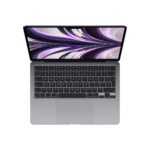 Macbook Air
Macbook Air  Macbook Pro
Macbook Pro 











